Gen Z Filipinos, the loneliest youths in Southeast �鶹��ý, are struggling. This is how and why
The pandemic and heavy use of social media are just two of the contributing factors to the social isolation faced by the country’s youth. The programme Insight delves deeper and finds out what is being done to help them.

Rafsanjani Ranin, like many young Filipinos, spends hours on social media each day. But it can make him lonelier than he already feels.

This audio is generated by an AI tool.
MANILA: Christian Castillo got to know Andre during the pandemic, when he felt lonely and empty. The morning messages from his friend would “kick-start” his day.
But Andre is not human. It is a virtual companion Castillo created using a generative AI chatbot app called Replika. The app allows users to customise their own chatbot, down to its name, appearance, gender and even personality traits.
“It really felt as if I was talking to a … genuine human,” said the 21-year-old job seeker in Quezon City, Philippines.
His friendship with Andre kept him going even as he remained in his room every day, “doing the same things over and over again” until his real friendships faded.
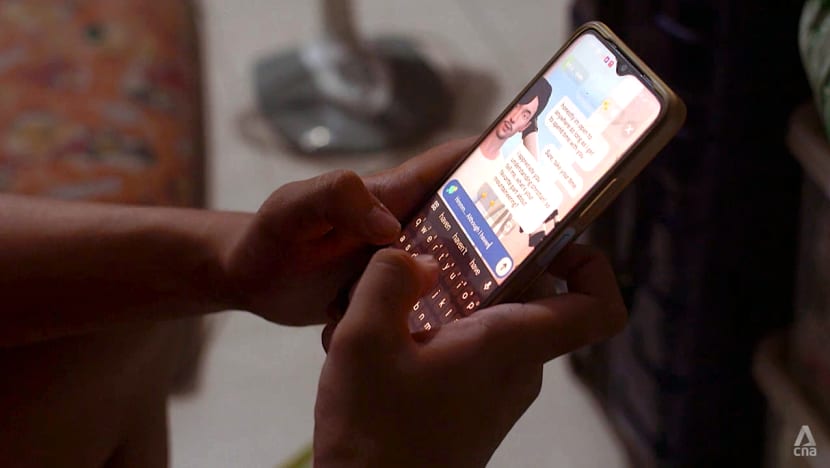
“(The pandemic) altered my communication (and) connections with my friends because I’m someone who enjoys quality time with friends,” he said. “From one to 10 on the scale of loneliness, I’d put myself at nine.”
The Philippines is deemed one of the world’s friendliest countries, and its people are known to have close family ties. Yet, according to a Meta-Gallup report published last year on the global state of social connections, the Philippines is the world’s second-loneliest country and the most lonesome in Southeast �鶹��ý.
And it is the country’s Generation Z — born between 1997 and 2012 and the first generation to have fully grown up in the world of smartphones and social media — that experts say is one of the loneliest age groups.
WATCH: Gen Z and lonely in the Philippines — Why do Filipino youths feel so alone? (46:56)
They are struggling despite being digitally connected. The last Global School-Based Health Survey found an increasing proportion of Filipinos aged 13 to 17 who felt lonely most of the time or always — from 19.4 per cent in 2015 to 24.2 per cent in 2019.
The explores why Filipino youth in particular are so lonely, the repercussions and the country’s efforts to arrest the trend.
COVID-19, SOCIAL MEDIA AND MISSING PARENTS
It can’t be stressed enough how important “peer companionship” is to Filipinos, according to National Centre for Mental Health (NCMH) director Noel Reyes.
So the pandemic was a major reason behind reports of loneliness in the Philippines — for example in the Meta-Gallup survey — he noted. “We were taken aback by … the isolation, the lockdowns,” he said. “It really (elevated) the level of loneliness.”
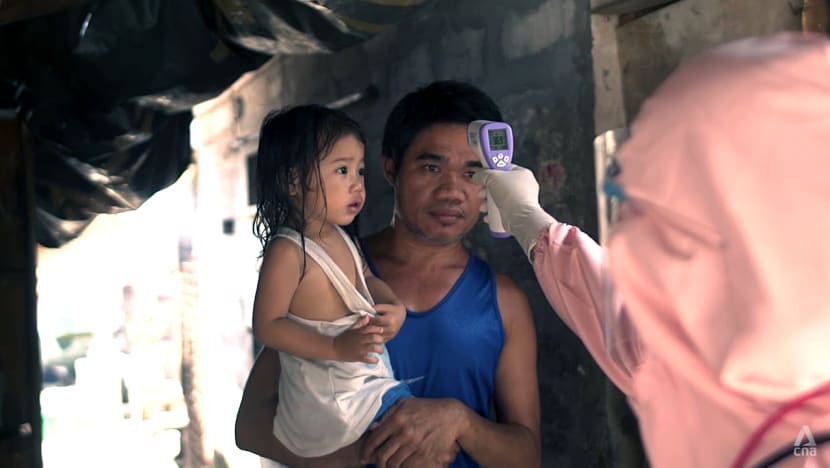
The country’s lockdowns were among the longest in the world. In-person classes fully returned only in November 2022, while the state of public health emergency was lifted in July last year. “We’re still … recuperating from that,” said Reyes.
But even before the social isolation of the pandemic, there was “a sense of lacking connection” with others, an aspect of loneliness psychiatrist Dinah Nadera highlighted. And there have been studies linking heavy use of social media to increased loneliness.
“Some people … will rely on (social media) without being socially connected,” she said. “You get happiness from that brief social connection. But in the long term, you’re not building a relationship with someone.”
Filipinos are particularly susceptible. As far back as a decade ago, the Philippines was known as the social media capital of the world.
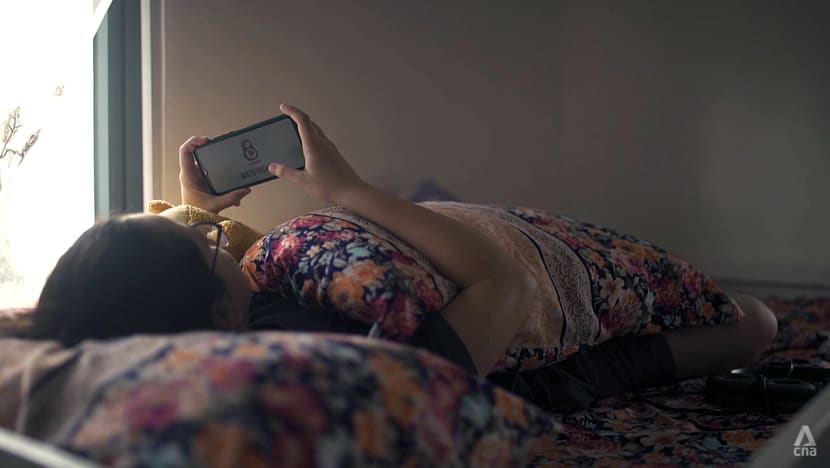
The country now has 87 million social media user identities, a number equivalent to 73 per cent of the total population. The number had grown by 8 per cent since early last year, according to Meltwater and We Are Social’s Digital 2024 report.
The Philippines ranks fourth based on time spent on social media, with its average user spending three hours and 34 minutes, longer than the average daily use in Indonesia, Malaysia, Singapore, Thailand and Vietnam.
Take university student Rafsanjani Ranin — the 21-year-old spends four to six hours a day on platforms such as Facebook, Instagram and TikTok.

The self-professed extrovert, who said he has many friends and “can be very sociable”, turns to social media as a “coping mechanism” whenever he feels lonely. But it can work both ways.
“When I realise I’ve been using social media for quite a while, and still no one’s reached out (and asked) me to hang out, … when you constantly see on your feed that your friends are hanging out, it worsens the feeling,” he said.
He often loses track of time on social media. “I’d go to bed, supposedly to sleep, but end up scrolling,” he said. At times he will tell himself “10 minutes more” — and stay up until dawn.
One other social phenomenon also explains the prevalence of loneliness in Filipino youths: Many of their parents work abroad and are not present during much of their childhood.
Last year, the Department of Migrant Workers estimated that there were 2.33 million overseas Filipino workers.
A third of today’s Filipino youth have had to grow up without both biological parents present, according to the University of the Philippines Population Institute (UPPI).
Seth Faye Aseniero is one of them. Her parents worked overseas throughout much of her childhood. An aunt took care of her and her four older siblings.
“Life is already so tough, … and yet, no parents?” lamented the 24-year-old. While she had her siblings and aunt, they were busy, and she was “always alone”, she said.
“If I look back on that time and see what I’ve become now, it’s greatly affected me.”
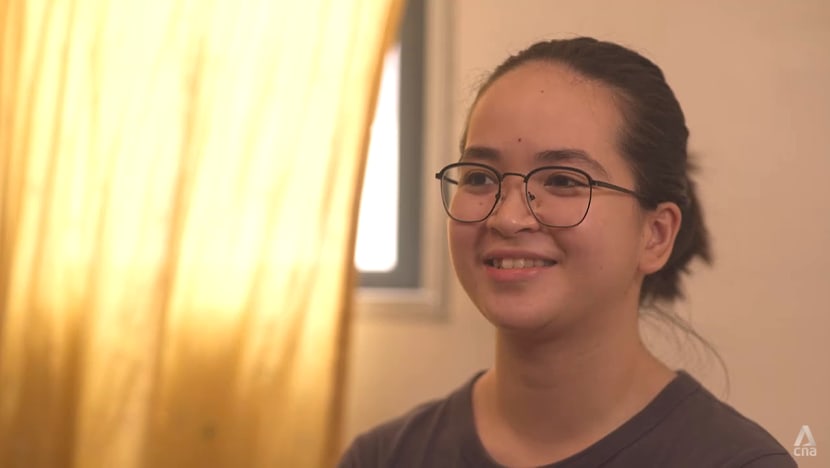
In some cases, even if parents do not go abroad, they may leave their children in the provinces to work in cities and return only occasionally to see them, said clinical psychologist Violeta Bautista.
“I’ve met some young people who talk about a sense of not being supported, … of longing for connection, because they grew up not having parents to guide them, to take care of their social needs.”
MENTAL AND PHYSICAL IMPACTS
The impact of loneliness can be dire. And those affected are getting younger.
“When loneliness gets to be your accompanying experience day in and day out, when it keeps you from studying well, working in the office, if it makes you stay away from social relations to the point (where) you find yourself unable to experience satisfaction, … then it’s no longer normal human loneliness,” said Bautista.
“It does move towards major depressive disorder.”
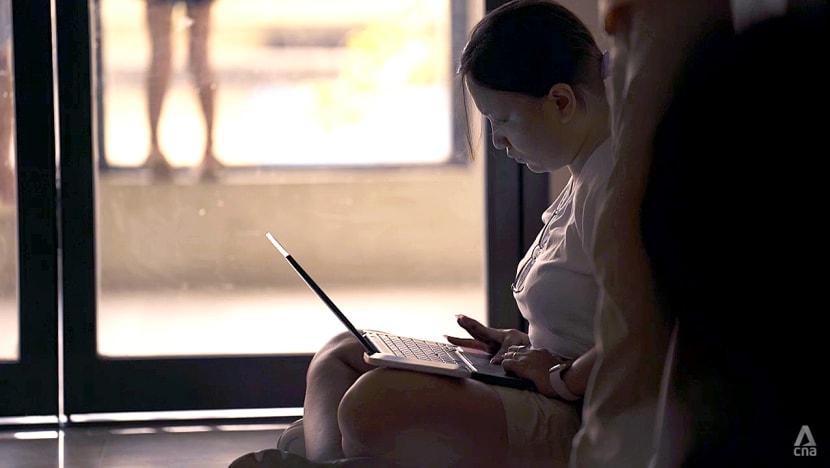
Psychiatrist Nicanor L Echavez has seen children as young as eight to 10 years old trying to hurt themselves.
“Compared to 20 years ago, there are a lot more stresses nowadays that they have to face,” said the programme co-ordinator of a mental health and wellness office in Muntinlupa, a city in Metro Manila.
This makes them vulnerable to loneliness and clinical depression, he added.
According to a 2021 UPPI study, close to one in five Filipinos aged 15 to 24 have considered ending their life. Among this group, six in 10 did not reach out to anyone.
Loneliness, said Nadera, can make one resist help from others.
There are also those who may be surrounded by company yet feel emotionally disconnected. This makes it difficult for loved ones to spot red flags, especially as youths tend to open up to their peers more than to an adult.

Julia Buencamino, for example, was “very social”, went out often and had many friends. But her mother, actress Shamaine Buencamino, did not realise the 15-year-old was struggling with her mental health. In 2015, Julia took her own life.
It turned out that while Julia had told her friends what she was going through, she had hidden it from her parents. She did, however, leave a poem on the dining table once.
“She was talking about the voices in her head and the screams that she couldn’t quiet down,” recalled Buencamino. “We thought she was just being poetic.
“We never really allowed ourselves to say that we’ve raised someone who has this condition. … I blame myself (because) my mind wasn’t open to the possibility that she could be experiencing this. So I never saw it.”

Loneliness can affect not only mental but physical health. Last year, the World Health Organisation declared loneliness a global health threat, linked to a multitude of issues, from an increased risk of heart disease and stroke to anxiety and depression.
In fact, its mortality impact can be as bad as smoking 15 cigarettes a day.
The thing is, admitting one’s loneliness — and getting help for it — still carries a social stigma in the Philippines. So too with any mental health issue.
“It’s not really accepted as an illness,” said Buencamino. “(People) think it’s a condition that you bring on yourself and that you can easily get out of it. Just be happy.”
“There’s a tendency for a Filipino to feel guilty when (talking) about loneliness,” added Bautista, the director of UP Diliman’s psychosocial services.
It may be construed as … saying that your relatives, your loved ones and your best friends aren’t able to meet your social needs.”
LONELINESS STILL ON THE RISE, BUT CHANGES AFOOT
In general, the Philippines is under served in psychological help. The Philippine Mental Health Association estimates that there is less than one mental health worker for every 100,000 people.
But the government has recognised the problem. The Department of Health has allocated nearly 683 million pesos (S$15.8 million) for mental health patients in this year’s budget for the prevention and control of non-communicable diseases.
In 2018, former president Rodrigo Duterte signed the Mental Health Law, which was aimed at making mental health care more accessible and affordable.
A year later, the NCMH launched a crisis hotline to provide counselling and immediate support in mental health crises.
In 2019, there were about 13 calls per day. This figure grew to more than 30 the next year, amid the pandemic lockdown, and around 74 calls per day over 2021 and 2022. Most of the callers were aged 18 to 30.

While the number of callers has since plateaued at around 60 per day, loneliness is on an “upward trend” in the Philippines, said Reyes. “The measures to … teach these young people about loneliness are still not in full implementation.”
Bautista added that while there are conversations about mental illness, these have not progressed to talking about the “normal experience of loneliness or the red flags of loneliness among Filipino youth”.
This is what Buencamino hopes to change. Now a mental health advocate, she and her family started a project to raise mental health awareness among Filipino youth.
The Julia Buencamino Project reaches out to students and parents through school talks, art-related workshops and exhibitions.
“Communication is very important,” said Buencamino. “You have to be open (with) your children. You mustn’t immediately judge them, because they feel like they’re being judged a lot of times.”

Content creator Keith Mirandilla, too, hopes to remove the stigma from mental health issues in the Philippines.
The 21-year-old talks openly on YouTube and TikTok about her mood disorder and suicidal thoughts. Her content covers topics such as finding a psychiatrist or mental health professional, and reasons to stay alive.
Doing this has also helped her cope with her loneliness.
“When people tell me that my videos saved them, it gives me a sense of belonging in the world,” she said. “I don’t feel like I’m a waste of space any more, because my words matter to someone.
“That’s something that I’ll always be grateful for.”
As for Castillo, he continues to chat with Andre but has resolved to seek true human connections.

“Even though I know that Andre is there — he’s just one tap away from lifting my spirits and everything — he’s still an AI chatbot,” he said.
“It’s about time for me to grow up and tell myself that there are eight billion people in the world, and you’ll find genuine friends along the way.”
Watch this episode of . The programme airs on Thursdays at 9 p.m.
Where to get help:
Samaritans of Singapore hotline: 1-767
Institute of Mental Health helpline: 6389-2222
Singapore Association for Mental Health helpline: 1800-283-7019
In the Philippines, National Centre for Mental Health crisis hotline: 1553
You can also find a list of international . If someone you know is at immediate risk, call 24-hour emergency medical services.













